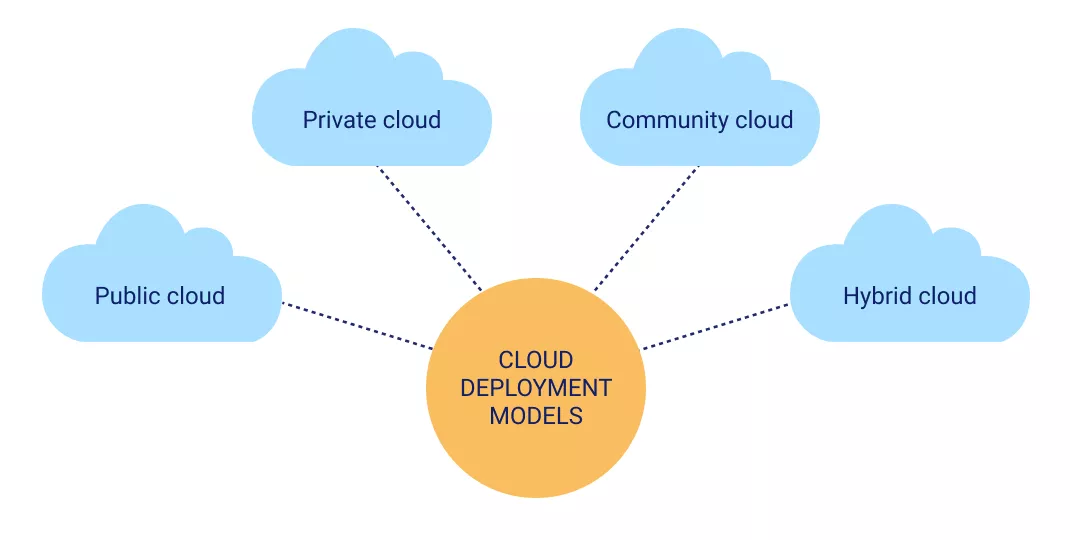
Cloud computing is about renting instead of purchasing your IT. Instead of investing in expensive hardware, software, and databases, you can rely on the internet (the cloud) to access and pay for your computing power. Cloud computing provides flexibility, scalability, and speed, allowing you to innovate, develop, and support your IT needs. Cloud services include business intelligence, analytics, software, networking, database, storage, servers, etc.
When you “move to the cloud,” your IT infrastructure will be stored off-site, meaning a cloud computing provider will store it at its data center.
Four cloud computing deployment models exist – public, private, hybrid, and multi-cloud.
What Is A Public Cloud?
A public cloud is a computing model built using an information technology infrastructure that doesn’t belong to the end user. Good examples of public clouds include Microsoft Azure, IGM Cloud, Google Cloud, Amazon Web Services (AWS), and Alibaba Cloud.
Traditionally, public cloud services have operated entirely off-site, but providers have started delivering cloud services to their customers’ on-site data centers.
As a result, ownership and locational distinctions have become irrelevant.
When providers divide environments and then disburse them to different users (tenants), what results is a public cloud.
What is a Private Cloud?
As the name implies, private clouds are cloud environments fully dedicated to one tenant or group. When a provider devotes an underlying information technology infrastructure to one client with fully segregated access, that results in a private cloud.
However, having a private cloud doesn’t mean the computing environment relies on on-site IT hardware. Providers have private data centers that clients can rent and use as they have the hardware or equipment on-site.
In private clouds, the provider deploys and manages the cloud clients utilize and build. If your business has an underqualified IT team or is understaffed, you can use private clouds to improve your computing infrastructure and solutions.
What is a Hybrid Cloud?
Hybrid clouds are cloud computing environments that comprise many computing environments linked through WANs (wide area networks), LANs (local area networks), APIs, and VPNs, forming a unified environment.
The features of hybrid cloud computing are complex, and their criteria vary. A hybrid computing environment may have one of the following traits:
l A bare metal or virtual environment connected to a public or private cloud
l At least one public cloud and private cloud
l At least two public clouds
l At least two private clouds.
An IT system can be defined as a hybrid if programs can enter and exit many different but connected computing environments. The criteria are that a single IT resource must power those varying environments.
What is a Multi-Cloud?
A multi-cloud comprises two or more cloud services from two or more cloud service providers (Azure, AWS, Alibaba, etc.) and can be private or public. Note that a hybrid cloud is considered a multi-cloud, but a multi-cloud is not necessarily a hybrid cloud.
A multi-cloud environment patches together many PaaS, IaaS, and SaaS and various services from different cloud providers designed to fit specific business requirements.
Conclusion
Now that you know the four cloud computing deployment models, you can choose one that suits your business needs. If you need help with the best model, you can engage an IT expert to help assess your needs.





Leave a Reply